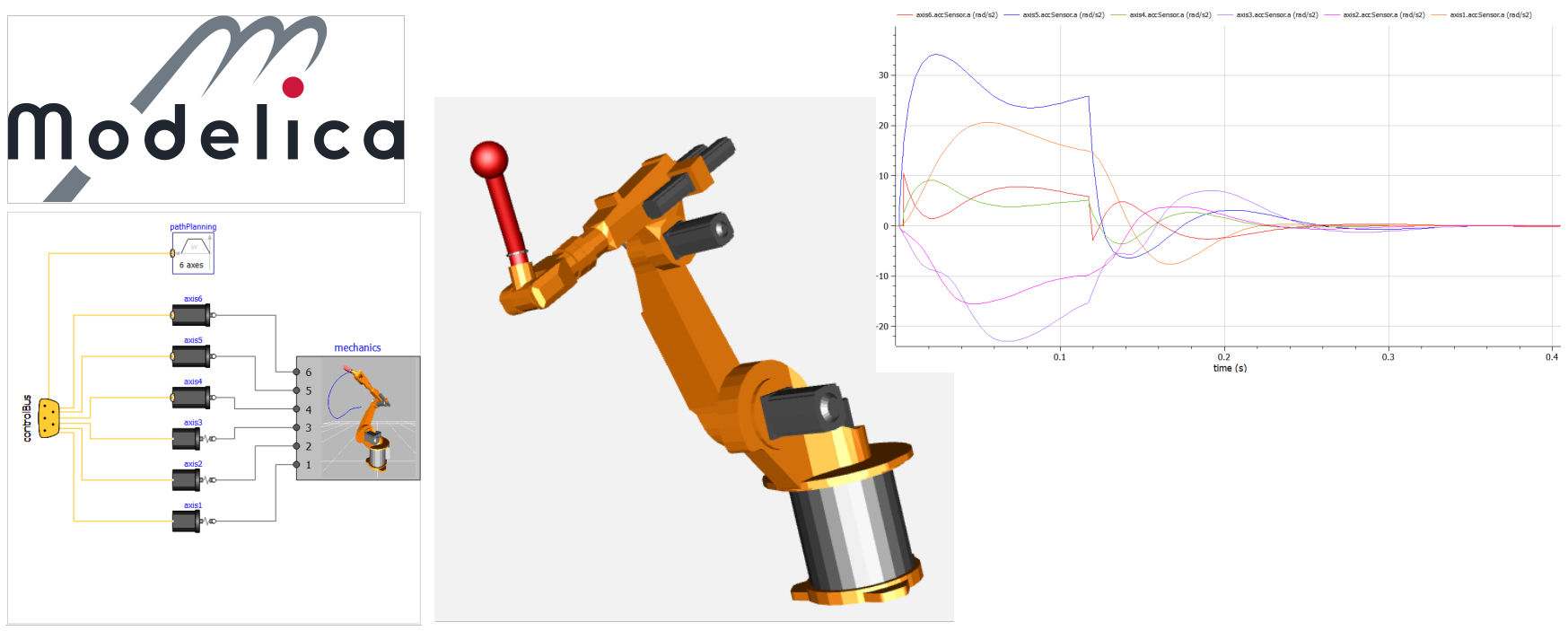
|
|
|
Program > Tutorials
Three in-depth, hands-on tutorials delivered by domain experts.
T1: Model-Based Systems Engineering (MBSE) with SysML, for Mechatronics
From requirements to architecture definition

Mechatronic systems are key in modern engineering. However, due to their multi-domain interactions, they are becoming increasingly complex and their design is consequently more and more challenging. Model-Based Systems Engineering (MBSE) provides a structured framework to address these challenges by creating formalized, digital models that represent system requirements, functions, structure, and behavior as well as the links among them.
This tutorial introduces MBSE with a hands-on modeling activity for a mechatronic system from aeronautics domain.
- None
- Basic concepts of MBSE
- Approach from requirements to architecture
- Basic knowledge of SysML language
- Hands on: modeling a simple aeronautic system
Target audience
This tutorial is intended for students, engineers, researchers, and professors in technical fields.
Tools used
SysML
T2: Modelica for Mechatronics — Application to an Aeronautical Mechatronic System

Abstract
Predimensioning an aeronautical actuator of the EMA (Electro-Mechanical Actuator) or THSA (Trimmable Horizontal Stabilizer Actuator) type, we will focus this fast, hands-on session on the modelling of the system and its control, notably tuning a DC-motor–driven using the Modelica Standard Library.
Pre-requisites / setup
- No prior Modelica experience required.
- Classroom equipped with PCs (Dymola and OpenModelica).
Goals
Content:
- A quick top-down modelling of the EMA
- Build a working DC‑motor servo.
- This hands-on tutorial introduces Modelica’s acausal modeling for mechatronics.
- Assemble the electro‑mechanical plant from MSL blocks, add a cascade PI controller (position→speed), and tune to meet time‑domain specs.
Key takeaways:
- Overview of Modelica points of view and librairies
- Build and simulate an electro‑mechanical system from MSL blocks
- Design a PI controller (position and speed)
- Tune for rise time and overshoot; handle a load torque disturbance
Who should attend?
Mechatronics, controls, robotics engineers and educators, MSc/PhD students.
Tools used
The Language : https://modelica.org/
Free Tool : https://openmodelica.org/
T3: Introduction to Model Based System Synthesis

Abstract
Model-Based System Synthesis (MBSS) is a recent approach for representing and solving design problems. MBSS proposes a declarative, structured, model-based representation of the problem to be solved, enabling better understanding of the problem, as well as reusability and extensibility of the models. MBSS uses the DEPS language to represent the design problem. DEPS is a declarative structured and property-based language that combines structural modeling features with problem specification features. The mathematical nature of the problem is described by formal properties encapsulated in models organized according to the architecture of the studied sub-definite system. MBSS uses constraint programming techniques on mixed domains (continuous, discrete and pseudo-Boolean) to generate several solutions that are guaranteed to be admissible or even globally optimal. That is called a correct by construction approach.
The tutorial will focus on the two fundamental aspects of MBSS: representing the problem in DEPS and solving it by using constraint programming techniques in DEPS Studio software, the integrated modeling and solving environment for DEPS language. Several examples of academic and industrial applications in mechatronic system design will be presented. Several resources will be provided for those who wish to go further in theory and practice.
Pre-requisites
- None
Goals
- Represent and solve a problem in DEPS using constraint programming
- Gain hands-on experience on problem modelling: mechatronic system design and industrial applications
Target audience
MSc/PhD students, researchers, and engineers interested in applied modelling.
Tools used
DEPS Studio (provided): https://www.depslink.fr/

